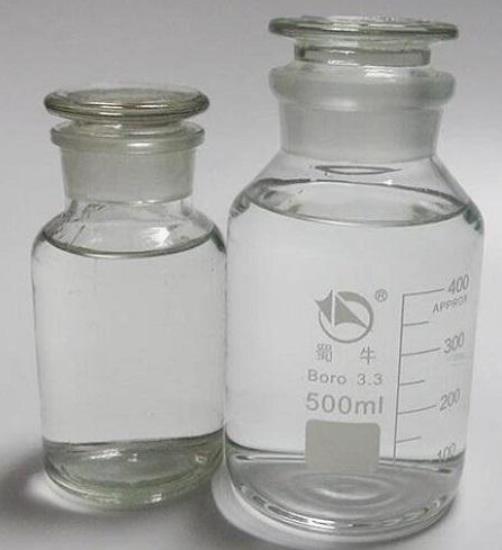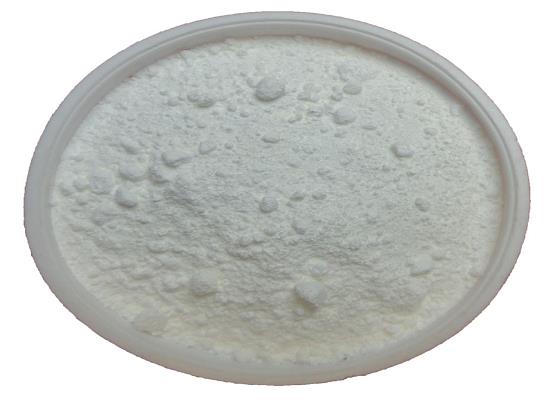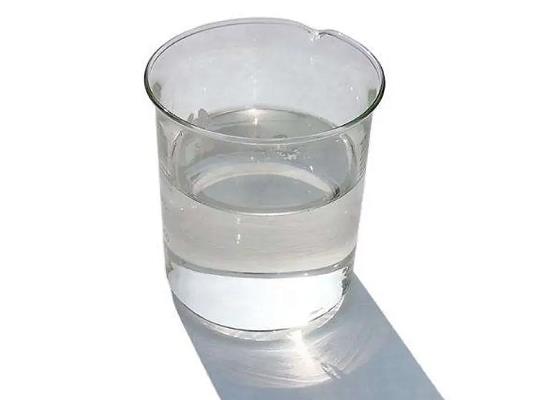Antioxidant 1520: an antioxidant for anti-aging
Antioxidant 1520, chemically known as 2,4-bis(n-octylthiomethylene)-6-methylphenol) is one of the alkylthiomethylphenol antioxidants with excellent performance, and it has anti-aging effect on all kinds of rubber products, and has received wide attention because of its high efficiency, environmental protection and other advantages. Antioxidant 1520 was firstly developed by Ciba Jaki Company, and the synthesis method of antioxidant 1520 was firstly reported by Swiss scientists Werner.stegmann et al. in a patent in 1987, who synthesised antioxidant 1520 by studyingthe preparation method of mercaptomethyl phenol[1]. Through the aging test test, the antioxidant 1520 has a greater advantage both in the dynamic static aging effect, colour, anti-aging persistence and the operability of the polymerization process. The antioxidant 1520 as a class of thiol-alkyl hindered phenolic antioxidant has two functional groups in its structure, thioether and hindered phenol, which are two types of groups with synergistic effects together to provide antioxidant effects [6 -7]. Foreign rubber industry has begun the large-scale use of antioxidant 1520 as an antioxidant to replace some of the traditional antioxidant being used or this or that disadvantage, only a few domestic chemical enterprises to produce small quantities of antioxidant 1520, but product quality and imports compared with the gap is large, so antioxidant 1520 synthetic process research is of great significance[2].
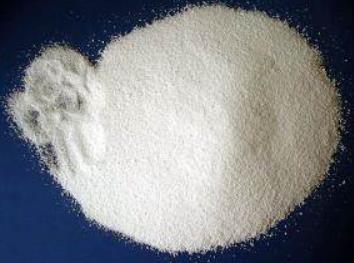
Figure 1. Antioxidant 1520
Usage
Antioxidant 1520 is a new high molecular weight liquid antioxidant, which is effective in stabilising rubber and adhesive compounds.1520 can effectively prevent the formation of gels and changes in rubber colour, molecular weight and viscosity in the process of isolation, drying in the warehouse and shipment.1520 is also effective even without adding phosphite (TNPP) in rubber processing. But if necessary, adding phosphite will make the effect better. At the same time, 1520 can also be used in polymerisation or organic matrix, including thermoplastic elastomers, synthetic oils and so on[3]. At present, antioxidant 1520 is mainly used in synthetic rubber such as cis-butadiene rubber, styrene-butadiene rubber, ethylene-propylene rubber, nitrile rubber, thermoplastic elastomers, etc. The dosage is small, the antioxidant effect is good, and it can improve the stability of plastic or synthetic plastic. It is an environmentally friendly antioxidant, which realises the transformation of rubber products from general-purpose to environmentally friendly. It can also be used in lubricants, plastics and other polymer polymers, all with excellent antioxidant performance[4].
Advantages
1, because the antioxidant 1520 has both phenolic hydroxyl and 4, 6 of the two sulfide ether substituents, so it has both the function of the main antioxidant and auxiliary antioxidant function.
2, antioxidant 1520 is a liquid antioxidant, it is easy to transport, easy to add and use.
3, Efficient antioxidant performance. Compared with traditional general-purpose antioxidant, 1520 can achieve better antioxidant effect by adding only 30% ̄50% of the original dosage, which reduces the production cost.
4, high purity antioxidant 1520 is colourless and transparent, industrial products are yellowish due to the presence of some impurities, light-coloured 1520 in the use of the process will not have colouring pollution.
5, Both thermal stability, anti-aging.
6, no effect on the vulcanisation process[5].
Synthesis
Currently the synthesis of antioxidant 1520 is divided into Mannich base method[7], solid phosphate catalysed method[8], 4,6-chloro-methyl-o-cresol and thiol reaction synthesis method[9]. Mannich base method is commonly used.
O-cresol, n-octanethiol, paraformaldehyde and piperidine as raw materials for the synthesis of antioxidant 1520, the optimal reaction conditions: DMF as a solvent, n (o-cresol): n (paraformaldehyde): n (n-octanethiol): n (piperidine) = 1: 4: 1: 1.4, the reaction temperature of 120 ℃, the reaction time of 5h, the reaction process is protected by nitrogen, the yield of the antioxidant 1520 up to 96.96%, the content of 98.30%. 96%, content of 98.30%, the colour is similar to water. Specific reaction process is as follows:
In equipped with a thermometer, reflux condenser tube, mechanical stirrer and nitrogen protection gas in 250mL four flasks add o-cresol, paraformaldehyde, piperidine, n-octanethiol and 60mL DMF. oil bath heating slowly heating to 120 ℃, 5h after stopping the heating, cooling to room temperature. The reaction solution was transferred to a 250 mL round bottom flask, and the water, piperidine, paraformaldehyde and DMF were removed by distillation under reduced pressure until there were no bubbles, then the heating was stopped and cooled to room temperature to obtain the crude product. Add 60mL of hexane and mix well, wash with saturated sodium bicarbonate solution (3×100mL), ultrapure water (3×100mL) and then distill under reduced pressure, slowly increase the temperature to evaporate the cyclohexane and residual water. Stopped heating and cooled to room temperature to get nearly water-coloured viscous liquid product, yield 96.96%.
References
[1]StegmannW, eierHR, EvanS, etal. Processforthepreparationofmercaptomethylpenols:US, 4874885[P]. 1989-10-17.
[2]MeierHR, PitteloudR, Sulfoxidesofbisthiomethylatedandtristhiomethylatedphenols:US, 5167846[P].1992-12-01.
[3]FischerW, FritzscheK, WolfW, etal. Processforthepreparationofbenzotriazoles:US, 2004019220[P].2004-02-29.
[4]HanayamaN, NakagawaK, OnishiA. Phosphitecompounds:US, 5077424[P]. 1991-12-31.
[5]LaverHS, LeppardDG. Methodofformationofphotographicimagesaccordingtothesilverdyebleachmethod: EP, 0465412[P]. 1992-01-08.
[6]Kissinger H E.Reaction kinetics in differential thermal analysis[J]J.Anal.Chem.,1957,29:1702.
[7]Ozawa T.A new method of analyzing thermogravimetric data[J].Bulletin of Chemical Society of Japan,1965,38 (11):1881-1886.
[8]Coats A W,Redfem J P.Kinetic parameters from thermo gravimetric data[J].Nature (London),1964,201:68-69.
[9]Hous Pierre.Stabilized halobutyl rubbe:US,4104218[P].1978-08-01.
Related articles And Qustion
See also
Lastest Price from Antioxidant 1520 manufacturers

US $8.80-2.20/kg2025-06-28
- CAS:
- 110553-27-0
- Min. Order:
- 1kg
- Purity:
- 99%
- Supply Ability:
- 100kg
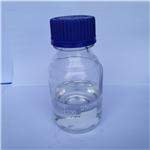
US $10.00/KG2025-04-21
- CAS:
- 110553-27-0
- Min. Order:
- 1KG
- Purity:
- 99%
- Supply Ability:
- 10 mt

